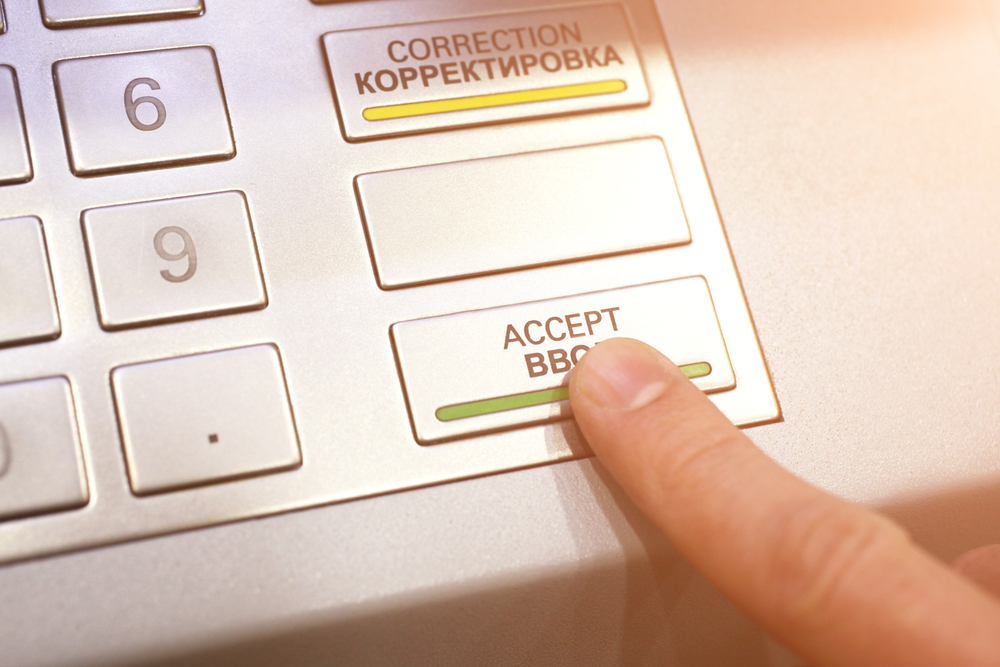Contactless payment technology, as well as QR codes, are slowly gaining traction within the financial sector–so much so that even Raiffeisen Bank in Austria is re-fitting their existing ATM network with 1,200 new devices, enabling both payment technologies. Consumers will be able to conduct advanced bill payments, as well as use QR codes and NFC technology for all kinds of operations.
Raiffeisen Sees A Use For New ATM Technologies
Most people who have ever used a bank ATM in their life may have noticed that these devices do not change much over the years. Keypads may be swapped out for newer ones, and the on-screen menus may change now and then, but beneath the hood, bank ATMs have operated in virtually the same manner for multiple years now.
That situation is slowly coming to change in Austria, as Raiffeisen Bank ventures in a bold new direction. By ordering a total of 1,200 new bank ATMs from Diebold Nixdorf, the bank wants to experiment with new payment technologies in the coming years. Both NFC and QR code technology can be used with these new machines, which leads to the creation of an advanced bill payment feature for customers.
The first batch of these new devices is scheduled to roll out later this week, indicating that major changes may be looming for the bank before the end of 2016. The consumer can pay bills by scanning the QR code on the back of the paper, and then confirm or change the information as needed–an intriguing development that has many people excited.
Moreover, NFC support will be enabled by default as well. This allows bank customers to conduct bank account transactions without physically inserting their card into the machine. Through the contactless communication protocol, all of the necessary information is transmitted by tapping the card against the ATM. Cashless card transactions will be introduced for mobile users in 2017.
It is evident that Raiffeisen Bank wants to position itself as one of the leading institutions when it comes to innovative technologies. Up until this point, there is no bank experimenting with these two technologies through their ATM network. Depending on how successful this venture is for the Austrian bank, other countries may follow their lead.
Bitcoin has been using QR code technology since day one to let customers send money around the world without friction. Banks and other financial service providers are only now starting to warm up to this technology, which makes them late to the party. Better late than never, although the success rate of this venture remains to be determined.
If you liked this article, follow us on Twitter @themerklenews and make sure to subscribe to our newsletter to receive the latest bitcoin, cryptocurrency, and technology news.

